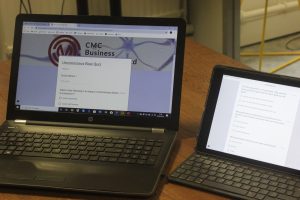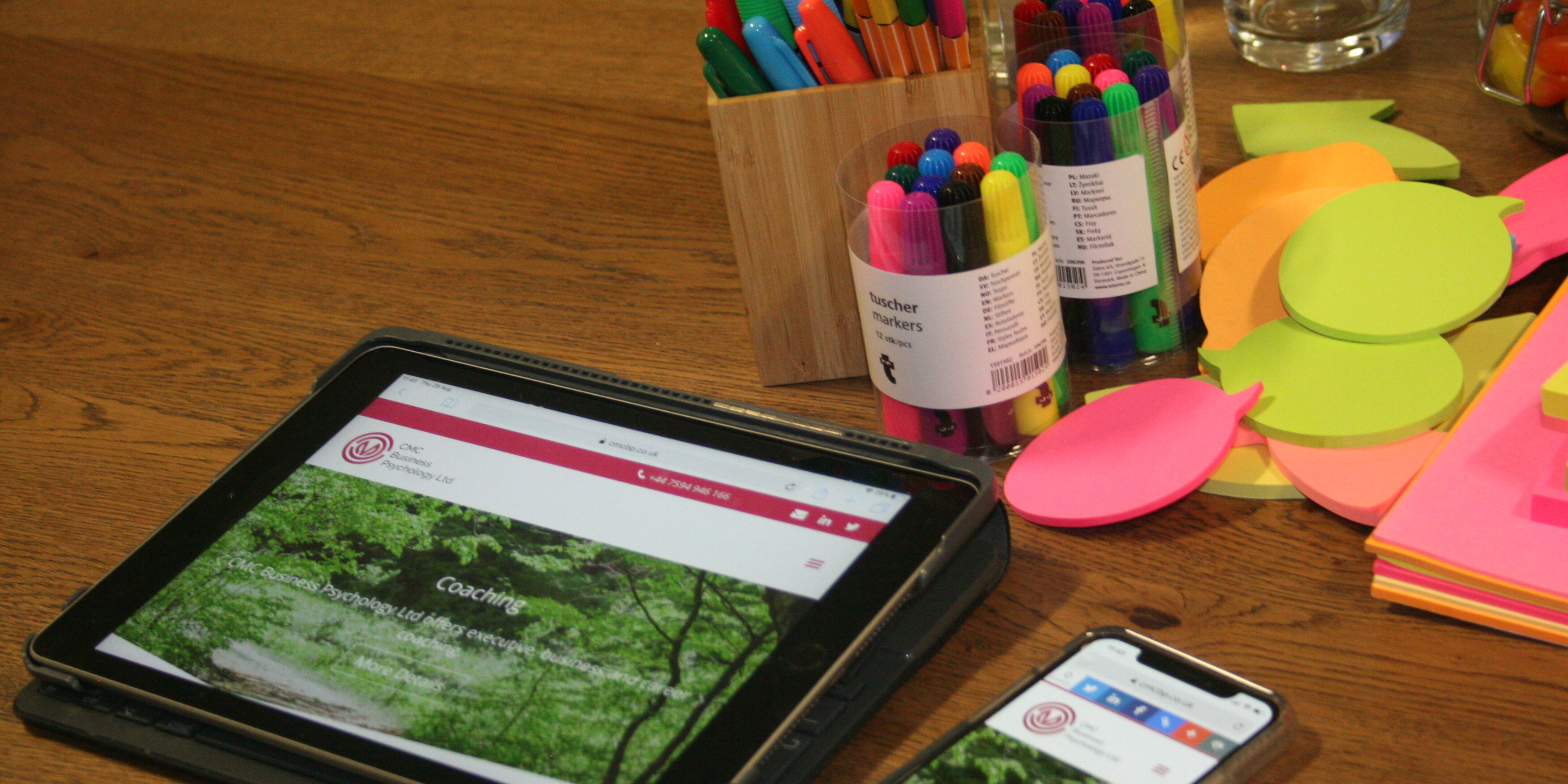As technology continues to advance, our understanding of the ways in which humans learn best grows. Typically, learning as we know it – gaining knowledge and retaining information – takes place in the classroom, in school, at college or university. However, today there are many more ways in which we can learn.
How Do People Learn?
Learning has never been restricted entirely to classrooms. For example, people have long taken up hobbies to acquire different skills and knowledge about topics that interest them. Today, thanks to the surplus of courses, both online and in educational institutions, it has never been more accessible to join a learning programme in your area of interest.
Since the early 2000s, many organisations have started to use blended learning. In 2003, the editor of The Journal of Asynchronous Learning Networks predicted a dramatic increase in the number of blended courses in higher education, taking the proportion of blended learning to account for as much as 80-90% of all courses (Young, 2002).
Recent research from 2017 shows these predictions weren’t far off the mark with a nationwide survey in the US revealing that 75% of higher education faculty members now use a blended learning approach.
So What is Blended Learning?
Blended learning is a design approach that integrates the strengths of different types of learning in order to better achieve educational goals (Garrison & Vaughan, 2008).
It typically merges face-to-face learning with another means of teaching, often using a different environment or platform. Examples of blended learning include:
- Recording lectures so students can review them online away from the classroom
- E-learning courses
- Hands-on, in-person classroom activities or workshops
- One-to-one support, mentorship and coaching
- Enhanced virtual learning using virtual reality or augmented reality environments
These options can be combined in different ways either rotating between approaches or by creating customised curriculums that fit each individual.
Thanks to advances in technology, today there’s much more potential to create powerful learning strategies that expand and enhance the learning experience. As well as offering organisations the opportunity to redefine how they approach meetings.
Why Use Blended Learning?
Research by the University of Tennessee for mid-career doctors has demonstrated that blended learning programs can be completed in approximately half the time and half the cost when using a mixture of physical classroom delivery and e-learning. This blended learning demonstration also gave an overall improvement of 10% in relation to learning outcomes.
This indicates that blended learning is not only a more practical way of teaching/training but that it also provides better learning outcomes. This study was the first to show significant improvements from blended learning in comparison to equivalent outcomes.
More recently, research has shown that blended learning generates high levels of intrinsic (internally created) motivation with interest and enjoyment of tasks at 83.7%. And that 93.3% of those involved in the study believed that studying online and face-to-cafe had value for them.
Here are our top six reasons for adopting blended learning:
- Improved teaching – blended learning can be used to integrate formal classroom learning with informal workplace learning giving better results for learners
- Increased access/flexibility – learner flexibility and convenience is particularly important for more mature learners with outside commitments who seek additional education. These learners want the convenience of a distributed environment but don’t want to sacrifice the social interaction – they want a balance between flexible learning options.
- Increased cost effectiveness – some blended learning platforms require up front investment but this can be offset by the savings you’ll make, particularly if the system marks work for you and saves delivery time.
- Social interaction – online-only courses remove the social element of in-person learning which can be extremely valuable to those who learn best through discussion or simply for people who enjoy social contact.
- Personal agency – putting learners in control or their own education and trusting them to complete the work required gives students agency which can be extremely empowering.
- Ease of revision – no preparation is usually needed before taking part in blended learning. Having completed the training, students have access to all of the information such as live e-learning classes, making it easier for them to revise.
Adapted from Osguthorpe and Graham (2003).
How to Introduce Blended Learning to Your Organisation
At CMCBP, we’re so convinced by the research that we’ve recently introduced this approach to our unconscious bias and diversity and inclusion training and coaching. Here are a few of our clients enjoying our blended learning services.
We offer face to face workshops:

We offer one-to-one coaching:

We are also developing our e-learning service:

For more information on the types of blended learning CMCBP offers, contact Clare at [email protected] or visit our website at www.cmcbp.co.uk
Written by Siobhan Headd








